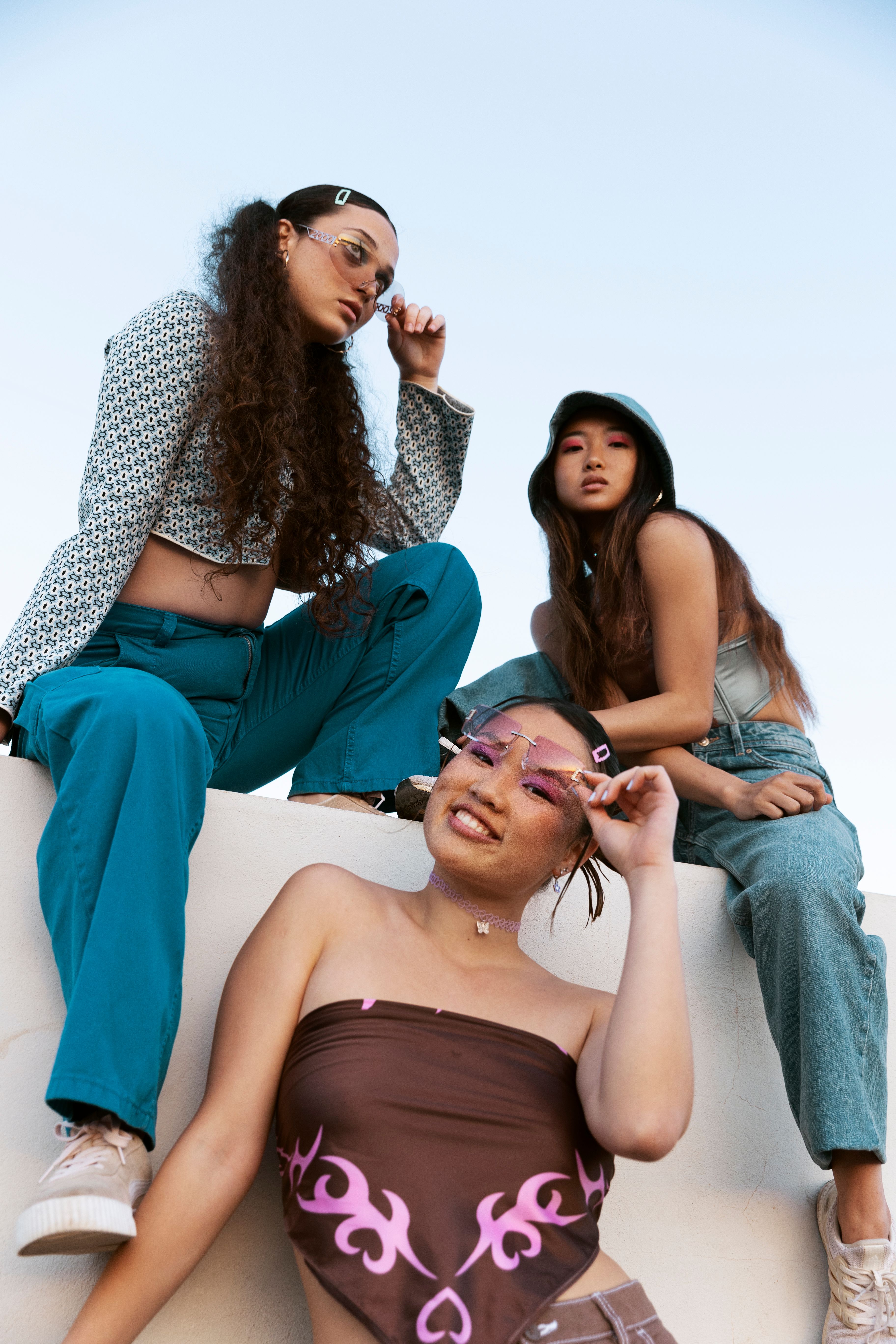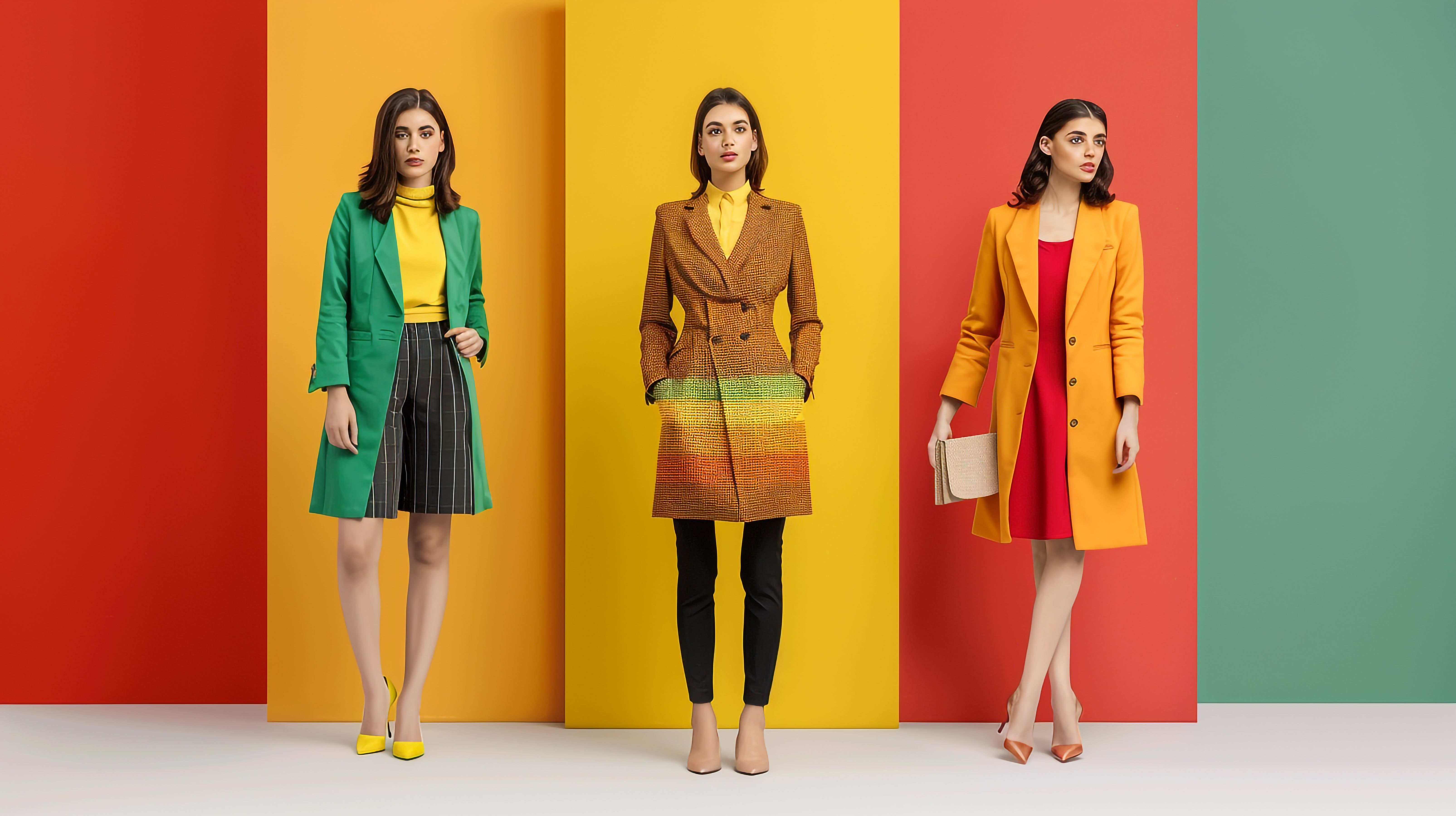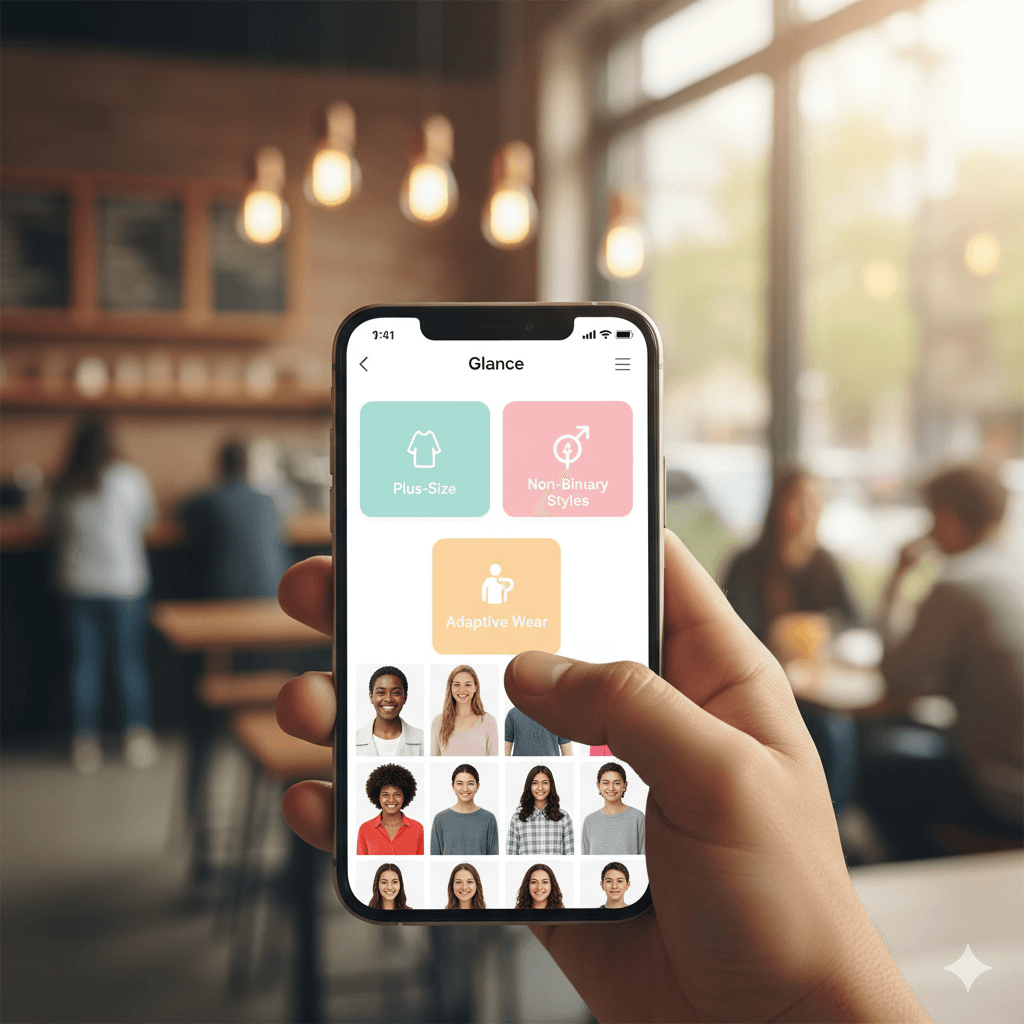How Fashion Inspiration Evolves Through Social Media
AI Styling vs Manual Styling: Which One You Should Choose?


The way we dress has always been a deeply personal expression—shaped by our mood, culture, and creativity. For decades, building a great outfit meant digging through closets, experimenting with layers, and following your instinct (or your favorite fashion influencer).
But in 2025, fashion meets function through AI Outfit Planners and AI look generators—tools that use data, personalization, and smart algorithms to suggest the perfect outfit, all in seconds.
With AI rapidly reshaping consumer experiences in every domain, the question arises:
AI styling vs manual styling—which approach truly delivers better results?
In this comprehensive guide, we explore how each method works, where they shine, and how the future of fashion may no longer rely solely on intuition—but on algorithms trained to know your style better than you do.
Data Spotlight: Numbers Don’t Lie
The fashion-tech landscape is evolving at an unprecedented pace. A look at recent statistics reveals just how powerful the shift has been:
- The AI fashion market is projected to soar to $1.7 trillion by 2034, rising from $250 billion in 2024, at a compound annual growth rate (CAGR) of 21% says Market.us.
- A whopping 61% of Gen Z consumers report using AI-powered fashion tools for daily styling, with many trusting AI suggestions more than human stylists.
- According to McKinsey, nearly 75% of users say they feel overwhelmed by daily wardrobe choices—commonly referred to as decision fatigue—prompting the rise of AI Outfit Planners.
- Hightouch reports that platforms offering AI look generators have seen a 400% increase in user retention and engagement between 2022 and 2024.
These numbers make one thing clear: the debate of AI styling vs manual styling is no longer hypothetical—it’s happening in real time.
What is AI Styling, Really?

At its core, AI styling uses artificial intelligence and machine learning algorithms to analyze personal preferences and generate outfit recommendations. But modern AI styling goes far beyond basic suggestions.
Here’s how advanced AI outfit planners work:
- Behavioral Analysis: Track what you wear, how often you wear it, and what you avoid
- Contextual Intelligence: Understand your schedule (meetings, weddings, workouts), location, and climate
- Trend Tracking: Tap into current fashion trends, popular colors, seasonal changes, and even runway-inspired looks
- Visual Matching: Suggest looks based on color harmony, fabric texture, and body type compatibility
- Learning Loop: Improve over time with your feedback, likes/dislikes, and style evolution
In the face-off of AI styling vs manual styling, this level of personalization gives AI a serious advantage when it comes to convenience and precision.
Manual Styling: The Art of Dressing by Instinct

On the other hand, manual styling is the timeless method of creating looks based on your visual memory, creativity, and gut feeling. It’s about trying combinations, experimenting with trends, and occasionally standing in front of a mirror for 30 minutes with a pile of “nope” on the bed.
Manual styling is deeply expressive. It reflects:
- Your mood and emotions
- Your cultural and personal style influences
- Your tactile relationship with fabric, fit, and drape
- Your desire to stand out or blend in
- Your exploration of colors, accessories, and inspiration boards
For many fashion lovers, the hands-on experience of building an outfit is irreplaceable. But when comparing AI styling vs manual styling, it's clear that manual methods can become time-consuming and inconsistent—especially for daily or workwear looks.
AI Styling vs Manual Styling: In-Depth Breakdown
Let’s dive deeper into how these two methods compare across real-world criteria:
Criteria | AI Styling | Manual Styling |
Speed | Generates full outfits in under a minute, factoring in weather, event, and preferences. | Requires time to think, try, and adjust—especially for specific events. |
Personalization | Continuously learns and adapts to your style evolution. | Relies solely on your memory and trial-error. |
Variety | Offers endless, non-repetitive combinations with minimal wardrobe. | Easy to fall into repetition without tracking past outfits. |
Trend Awareness | Pulls from real-time fashion data, including colors and themes trending globally. | Depends on your fashion awareness and research time. |
Accessibility | Available anytime, anywhere—no stylist appointment needed. | Dependent on your energy, creativity, and closet organization. |
Sustainability | Helps reduce impulse buying by making better use of what you own. | Often leads to over-shopping or duplicate purchases. |
The AI styling vs manual styling debate isn’t about which method is inherently better—it’s about which one fits your lifestyle, goals, and schedule more effectively.
Use Case Showdown: Who Performs Better?
Let’s put both to the test across different styling scenarios:
Monday Morning Office Look
- AI Styling: Uses your Google calendar to detect a client meeting, checks the weather forecast, and suggests a formal yet comfortable outfit using your existing wardrobe via an AI Outfit Planner.
- Manual Styling: You try on three shirts, change twice, and finally settle for something "safe."
Winner: AI Styling
Last-Minute Cocktail Invite
- AI Styling: Offers three semi-formal combinations based on your last party look, but they may lack the “wow” factor.
- Manual Styling: You recall that sequined skirt and strappy heels combo that never fails.
Winner: Manual Styling
Packing for a 3-Day Trip
- AI Styling: Creates a mini capsule wardrobe with mix-and-match options for different weather conditions.
- Manual Styling: You overpack, panic about forgetting something, and still feel like you have “nothing to wear.”
Winner: AI Styling
The takeaway? AI styling vs manual styling may have different winners depending on context—but AI clearly wins in time-critical, everyday planning.
Glance AI Take: A New Kind of Personal Stylist
In a world where trends change overnight and decision fatigue is real, Glance AI steps in as more than just an outfit generator—it becomes your intelligent style companion. Unlike generic fashion apps, Glance AI doesn’t just suggest looks based on what’s trendy. It curates outfits by understanding you.
What sets Glance AI apart in the AI styling vs manual styling debate:
- Photorealistic AI Try‑On & Digital Avatar: Glance AI uses advanced generative ML to create a realistic “AI Twin” of you. This allows you to virtually try on outfits that reflect your body type, skin tone, and style.
- Mood-Sensitive Picks: Using intelligent cues and user behavior, Glance AI can tailor looks to match how you're feeling that day—whether you’re going bold, minimal, or laid-back.
- Color Harmony & Texture Recognition: It doesn’t just throw random items together. Glance AI maps out visually pleasing combinations, taking into account color matching, contrast balance, and even seasonal textures.
- Aesthetic-Aligned Output: Whether you’re exploring clean-girl fashion or streetwear fits, Glance AI filters its results through your aesthetic preferences—making the styling feel intentional and aligned with your vibe.
- Wardrobe Optimization: One of Glance AI’s biggest advantages? It helps you make the most out of what you already own. No need to overbuy—just remix and re-style smarter.
In essence, Glance AI brings the intimacy of personal styling into the speed and scale of AI—helping you look put together without the pressure.
Capsule Wardrobes + AI = Smart Fashion Efficiency

Capsule wardrobes are curated collections of 20–30 items that form the base of hundreds of combinations. They help:
- Reduce decision fatigue
- Maximize versatility
- Encourage sustainable fashion
The magic of AI Outfit Planners lies in how they automatically rotate, combine, and optimize these pieces. They prevent outfit repetition while making sure each item in your wardrobe gets the spotlight.
So, in the conversation around AI styling vs manual styling, capsule planning is where AI really shines.
Gen Z vs Millennials: Who Uses AI Styling More?

- Gen Z (18–25)
- 72% rely on AI Outfit Planners daily
- Value time-saving, smart recommendations, and hyper-personalization
- Millennials (26–40)
- Use AI styling as a base and add manual tweaks for personal flair
- Appreciate the structure AI offers—but enjoy adding a creative layer
This shows that AI styling vs manual styling isn’t about replacement—it’s about integration.
Conclusion: The Future of Fashion is Collaborative
Ultimately, the question of AI Look Generator vs Manual Styling: What Wins? doesn't have a single answer. It largely depends on your individual needs, budget, and desired level of personalization. AI offers unparalleled convenience, accessibility, and data-driven insights, making fashion advice available to the masses. Manual styling, however, provides the irreplaceable creativity, emotional understanding, and nuanced expertise that only a human can offer.
The future of fashion styling isn't about one completely replacing the other. Instead, it's likely to be a collaborative space where technology empowers us with tools and ideas, while human intuition and creativity continue to define true personal style. Which approach do you find yourself leaning towards, or are you ready to embrace the hybrid future of fashion?
FAQs: AI Styling vs Manual Styling
Q: Is AI styling accurate for my unique style?
Yes. The more you interact with an AI Outfit Planner, the more it adapts to your aesthetic.
Q: Can I override AI suggestions?
Definitely. AI just provides a base—you’re still the creative director.
Q: Is manual styling outdated now?
Not at all. For creative moments, manual styling is still very relevant.
Q: Are AI Outfit Planners secure?
Top apps like Glance AI follow strict privacy and data protection protocols.
Q: Does AI styling support sustainability?
Yes, AI reduces unnecessary buying and promotes smarter wardrobe usage.






